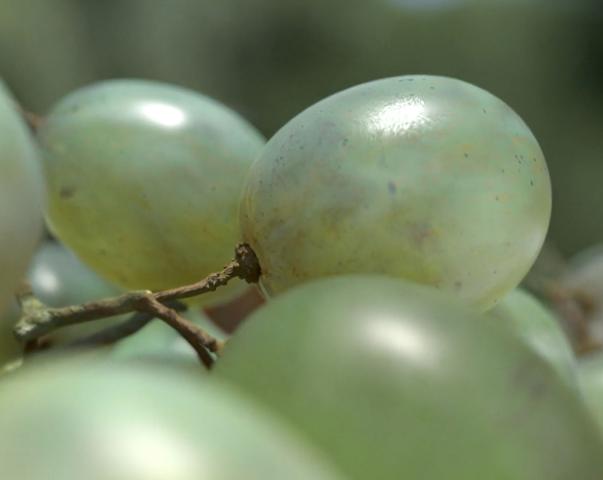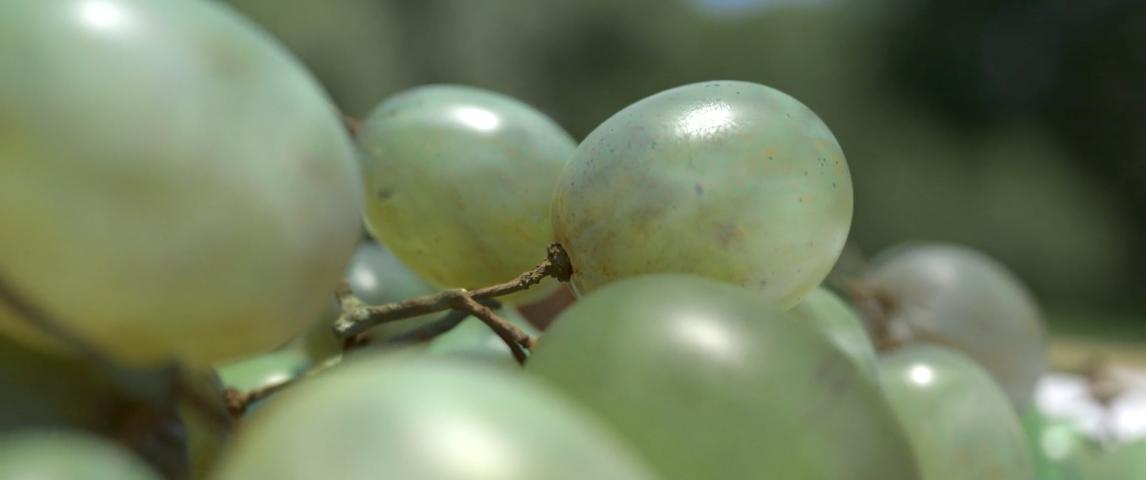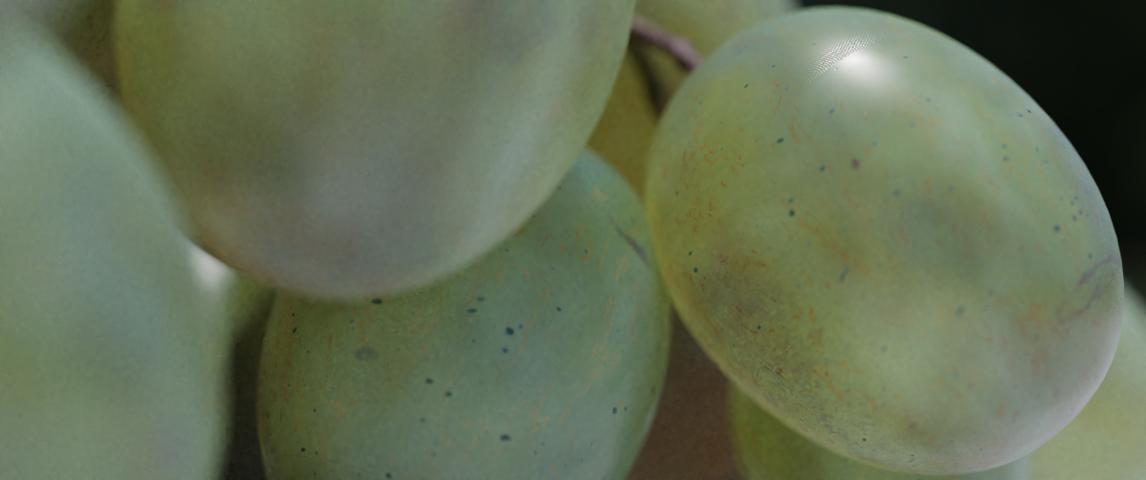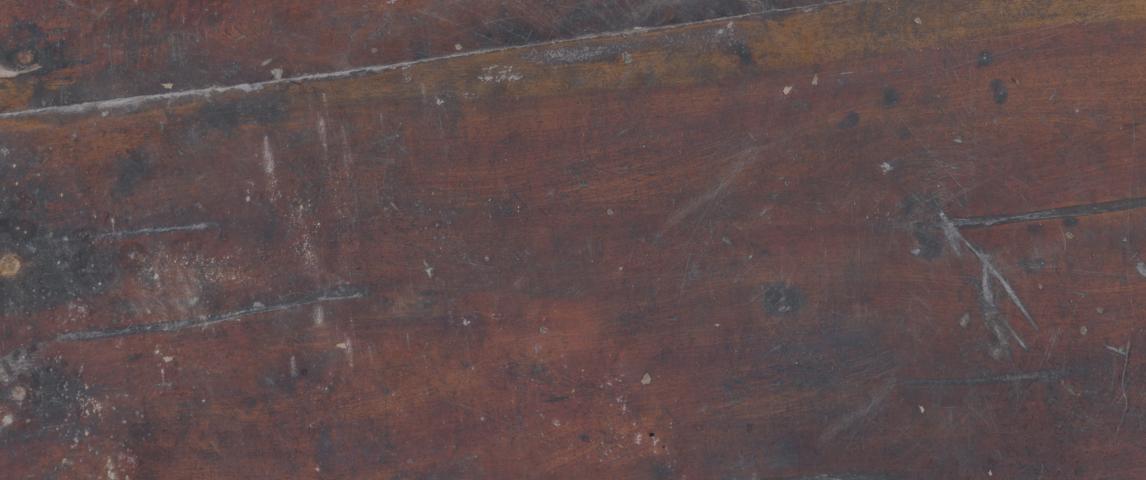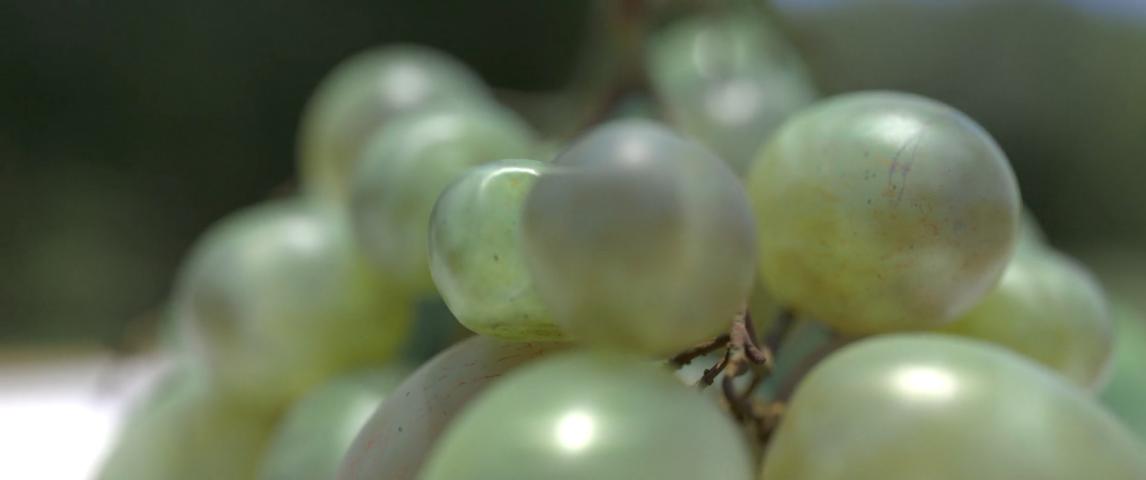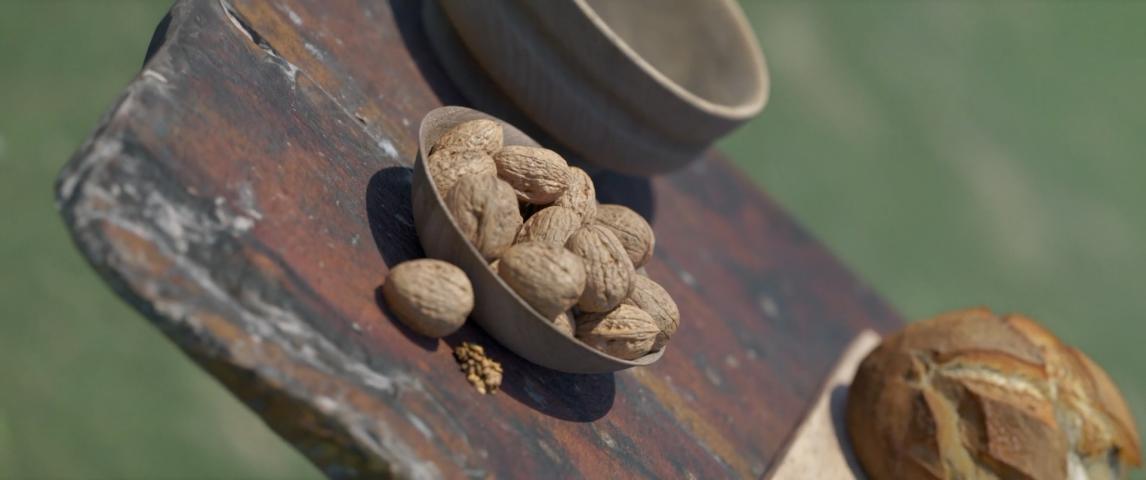The bunch of grapes, a symbol of mimèsis in art history, is presented as an allegory of atomic matter. Gravitating from the near to far around the elements of nature, its representation is constructed playing with lights and focal distances, inviting the viewer to a poetic and romantic reading of the real.
Pirovano
Find out more
Pirovano shows a bunch of grapes placed on a table outdoors. This is the central element that defines the film’s circular, repetitive form. Grapes, which have featured prominently in art history and, and particularly in the illustration of mimesis, here become an allegory of atomic matter.
The camera takes the position of specks of dust in the air, swirling near and far around the natural elements. The texture of the wood, of the stone, the sudden movement of a butterfly, the leaves in the wind, are so many clues that stand in contradiction to what we know about the real.
The scales of time and space become sensorial compositions inviting the viewer to awaken her senses of looking and listening. The action unfolds in a bucolic world, in the middle of a meadow, where the temporality that might be defined is still unknown. We do at least understood that we are looking at the codes of romantic representation, as evinced by the play of light and focal lengths.
This work takes its references from the work of poets such as Lucretius and Francis Ponge, the films of Michael Snow, and the cinematic work of Jean-Daniel Pollet.
Votre contact
Merci pour votre contribution.
Vous serez informés de sa publication ou d’une éventuelle demande de compléments.






